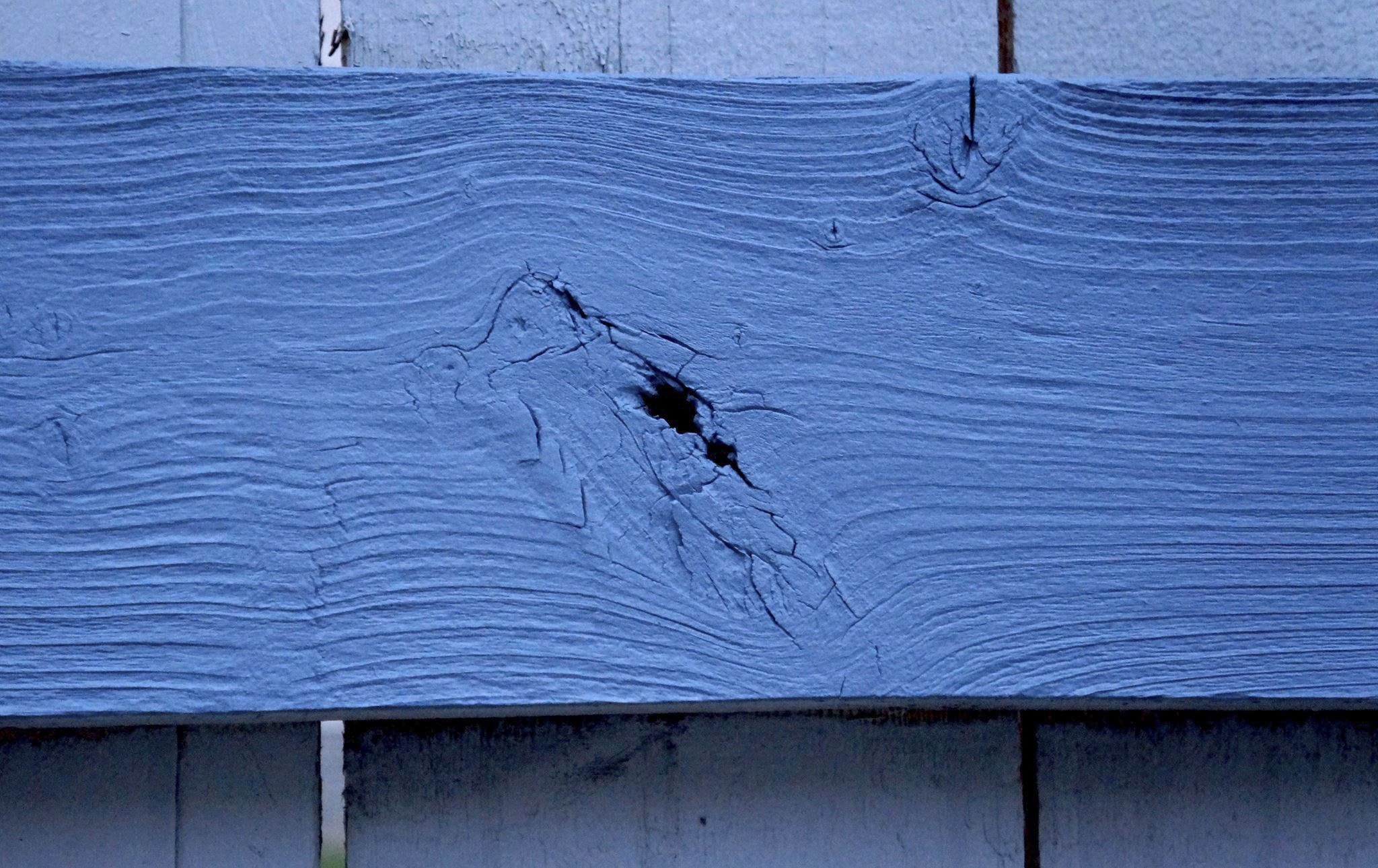On March 18, The Fridge Door Gallery, a student-run art initiative at McGill, put on an exhibition titled “Perspectives / Perceptions.” The exhibit explored the age old and ultimately rhetorical theme of “what is art.”
Founded in 2007, Fridge Door showcases an exhibition each semester to promote the production of student art. Born out of the absence of a fine arts program, it aims to establish a creative platform for students to engage with and discuss visual arts. More importantly, it motivates students to view the fine arts as an accessible means of expression.
Kavya Anchuri, one of the artists featured in this semester’s exhibit, told The Daily, “‘Perspectives / Perceptions’ allows students […] who wouldn’t have [the] time or the interest to go to a museum [to see art]. It’s a fantastic outlet for people to display their own work.”
The exhibition analyzed the topics of reality and perspective through a range of mediums, including photography, collage, painting, and illustration. It strove to promote a widening of horizons and to highlight, through art, different views of reality. A diverse selection of works showcased students’ multi-faceted responses to the ways art is defined, lending equal weight to both amateurs and professionals in the discussion.
A diverse selection of works [in the “Perspectives / Perceptions” exhibit] showcased students’ multi-faceted responses to the ways art is defined, lending equal weight to both amateurs and professionals in the discussion.
One of the Fridge Door Gallery’s taglines for the exhibition was that “art deals with representations that are never pure reflections of reality.” Hayley Mortin’s collages titled Amalgam II, IV, and V played with this idea by exposing the viewer to different spatial perspectives and points of reference. Mortin used mixed media to create compositions which depicted faceless figures and human silhouettes. This placed the viewer inside the work, as the featureless forms allowed them to project themselves into the scenes and spaces that Mortin had created.
Anchuri took a different approach to her photo Hole-in-the-Fence, Backyard. The focal point of this work is a blue fence, something often completely ignored by passersby. Anchuri’s piece is realist, static, and direct, but still plays with physical perspective. Hole-in-the-Fence, Backyard was the product of Anchuri’s experimentation in the summer of 2015, she explained to The Daily.
“It was evening time and the fence was newly painted in my backyard, so I went around and started fooling around with my camera, and that is where the photo came from,” Anchuri said. “The photo speaks to perspective because [it is taken] so close to the fence. It isn’t a noticeable spot by adults, [since] it is so low down, so it can only really be seen by children. It’s interesting because how we perceive the world is so dependent on variables like height, size and how we move. Perception is influenced by our own biology.”
Often, we leave big questions such as “what is art?” to scholars and academics with a vast background in art history and aesthetics. However, in this Fridge Door Gallery exhibition, students engaged with this lofty question. This is important, as student voices are often ignored. Although it can be argued that they still have much to learn, it is refreshing to see these questions addressed by the student population through visual arts.
Often, we leave big questions such as “what is art?” to scholars and academics with a vast background in art history and aesthetics. However, in this Fridge Door Gallery exhibition, students engaged with this lofty question.
“Perspectives / Perceptions” created an expressive and intellectual space in a university environment where we are often constrained by academic demands. To those who would usually disregard the arts, the exhibition offered a creative outlet. It did so especially well in light of its position at an academically rigorous university, where sometimes students do not or cannot consider art beyond a peripheral approach, due to a lack of time and motivation. Ultimately, the exhibition allowed students to voice their opinions on the substance of art through their own work.

